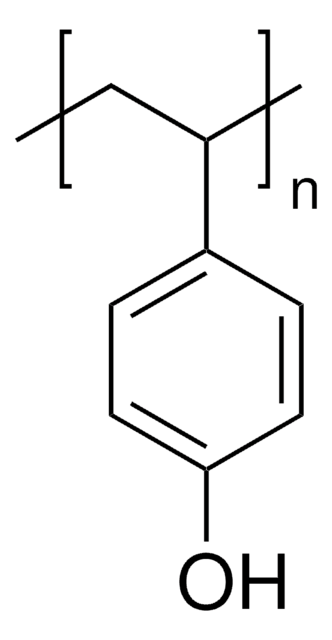248878
Hexan
≥95%, spectrophotometric grade, suitable for UV/Vis spectroscopy
Synonym(e):
n-Hexan
About This Item
Empfohlene Produkte
product name
Hexan, spectrophotometric grade, ≥95%
Qualität
spectrophotometric grade
Qualitätsniveau
Dampfdichte
~3 (vs air)
Dampfdruck
256 mmHg ( 37.7 °C)
5.2 psi ( 37.7 °C)
~132 mmHg ( 20 °C)
Assay
≥95%
Form
liquid
Selbstzündungstemp.
453 °F
Expl.-Gr.
7.7 %
Methode(n)
UV/Vis spectroscopy: suitable
Verunreinigungen
<0.020% water
Abdampfrückstand
<0.0005%
Brechungsindex
n20/D 1.375 (lit.)
pH-Wert
7
bp
69 °C (lit.)
mp (Schmelzpunkt)
−95 °C (lit.)
Dichte
0.659 g/mL at 25 °C (lit.)
λ
H2O reference
UV-Absorption
λ: 195 nm Amax: 1.00
λ: 210 nm Amax: 0.30
λ: 220 nm Amax: 0.10
λ: 230 nm Amax: 0.05
λ: 240 nm Amax: 0.02
λ: 250-400 nm Amax: 0.01
SMILES String
CCCCCC
InChI
1S/C6H14/c1-3-5-6-4-2/h3-6H2,1-2H3
InChIKey
VLKZOEOYAKHREP-UHFFFAOYSA-N
Suchen Sie nach ähnlichen Produkten? Aufrufen Leitfaden zum Produktvergleich
Signalwort
Danger
Gefahreneinstufungen
Aquatic Chronic 2 - Asp. Tox. 1 - Flam. Liq. 2 - Repr. 2 - Skin Irrit. 2 - STOT RE 2 Inhalation - STOT SE 3
Zielorgane
Central nervous system, Nervous system
Lagerklassenschlüssel
3 - Flammable liquids
WGK
WGK 3
Flammpunkt (°F)
-7.6 °F - closed cup
Flammpunkt (°C)
-22 °C - closed cup
Persönliche Schutzausrüstung
Eyeshields, Faceshields, Gloves, type ABEK (EN14387) respirator filter
Hier finden Sie alle aktuellen Versionen:
Besitzen Sie dieses Produkt bereits?
In der Dokumentenbibliothek finden Sie die Dokumentation zu den Produkten, die Sie kürzlich erworben haben.
Unser Team von Wissenschaftlern verfügt über Erfahrung in allen Forschungsbereichen einschließlich Life Science, Materialwissenschaften, chemischer Synthese, Chromatographie, Analytik und vielen mehr..
Setzen Sie sich mit dem technischen Dienst in Verbindung.






